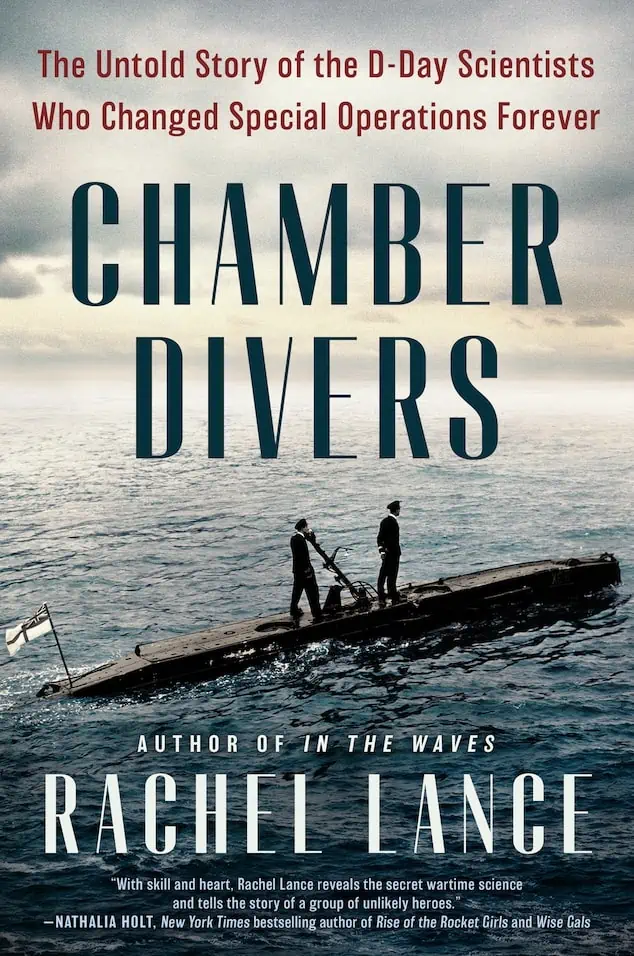Two years before Allied troops stormed the beaches of Normandy on D-Day, there was another Allied landing that has been lost to public memory. In 1942, over 7,000 troops rushed the beaches in Dieppe, France, but only a few hundred survived.
It was nothing short of a massacre and a wake-up call to the Allies that a key element of their planning needed an overhaul: intelligence. Without sufficient knowledge of landing conditions, underwater obstacles, and enemy artillery placement, the Allied troops would never be able to push inland and win the war.
But the path to intelligence had hit a roadblock. Scouting by land and sky wasn’t effective (or in many cases possible) and slow-moving battleships proved an easy target, leaving just one option: underwater reconnaissance.
In her latest book, “CHAMBER DIVERS: The Untold Story of the D-Day Scientists Who Changed Special Operations Forever,” Rachel Lance, a biomedical engineer, blast-injury specialist and author of “In the Waves,” tells the saga of the scientists – men and women – who made it possible for Allied troops to breathe and scout underwater, an advancement that would ultimately help win the war and change underwater exploration forever.
The story has been buried in classified records for a generation, but Lance’s research brings the heroism of these scientists to light.
“CHAMBER DIVERS” shows how our modern advances in underwater survival (in the ocean and beyond) trace back to a small group of eccentric scientists working out of homemade labs during the London Blitz. Their research and injurious self-experimentation made the use of mini-submarines and underwater missions possible during World War II, and ultimately led to Allied victory.
Led by the controversial, brilliant biologist and communist sympathizer JBS Haldane and the intrepid, courageous Dr. Helen Spurway, this ragtag group of scientists (many of whom were Jewish refugees) put their lives on the line, subjecting themselves repeatedly to painful and potentially deadly experiments. Lance unpacks the experiments and science, explaining not just the importance of each break-through but the how and why of the scientific process.
Additionally, Lance goes even further, exploring not just the lab work but the people, peeling back layers of sexism in the lab, recounting the missions beneath the front lines, and letting readers in on fascinating tidbits about the scientists’ personal, often intertwined, lives.
“CHAMBER DIVERS” releases on April 16 wherever books are sold.


